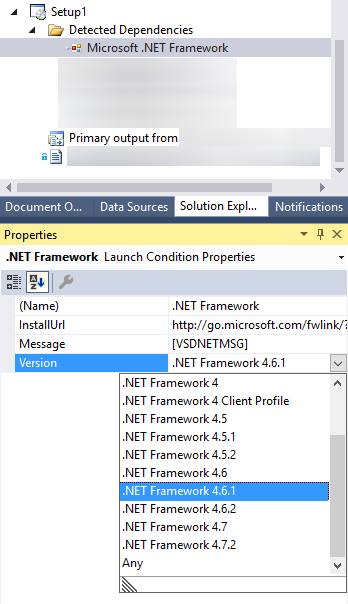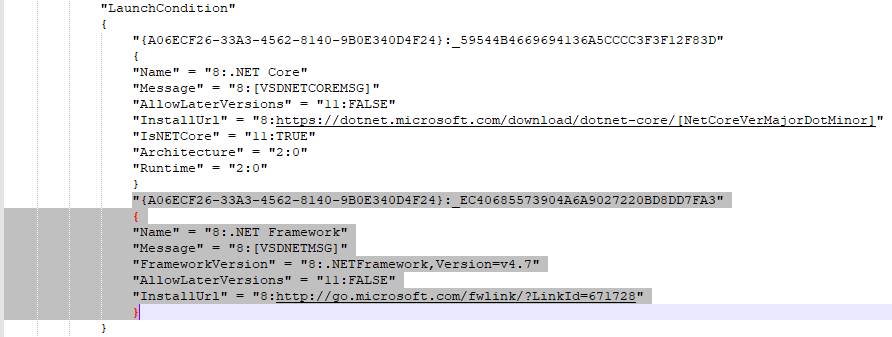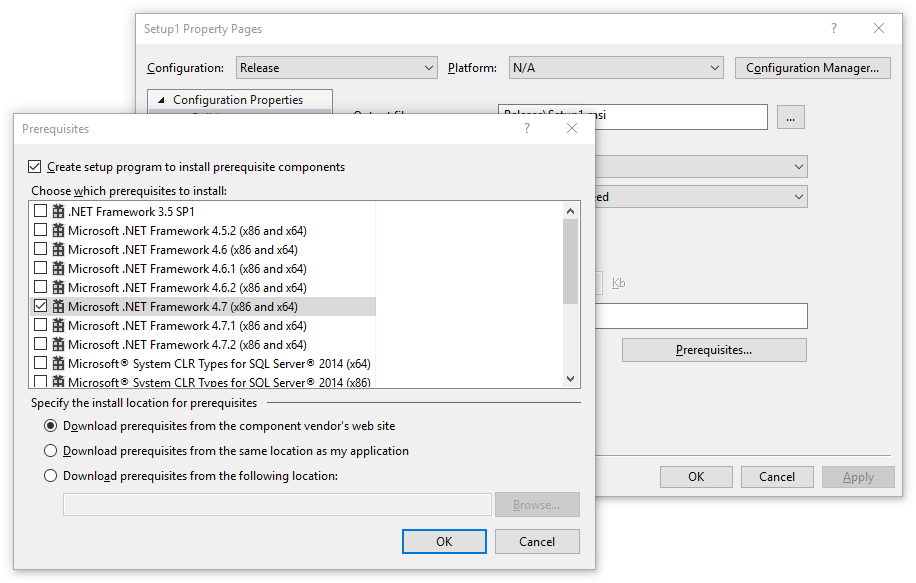ClickOnce .application files contain an assemblyIdentity element with a version attribute:
<?xml version="1.0" encoding="utf-8"?>
...
<assemblyIdentity name="Simple Data Logger.application" version="1.1.2.1" publicKeyToken="0c3a74e9157b5601" language="en" processorArchitecture="msil" xmlns="urn:schemas-microsoft-com:asm.v1" />An easy way to read this version string is:
var assembly = XElement.Load(uri);
XNamespace ns = "urn:schemas-microsoft-com:asm.v1";
remoteVersionString = assembly.Element(ns + "assemblyIdentity").Attribute("version").Value;You can use this to create a Version object:
var version = new Version(remoteVersionString);Note: The code above runs synchronously and blocks your application. To avoid this, you could run it in as a task on the thread pool with Task.Run() or you could use XElement.LoadAsync instead of XElement.Load(), if available.




